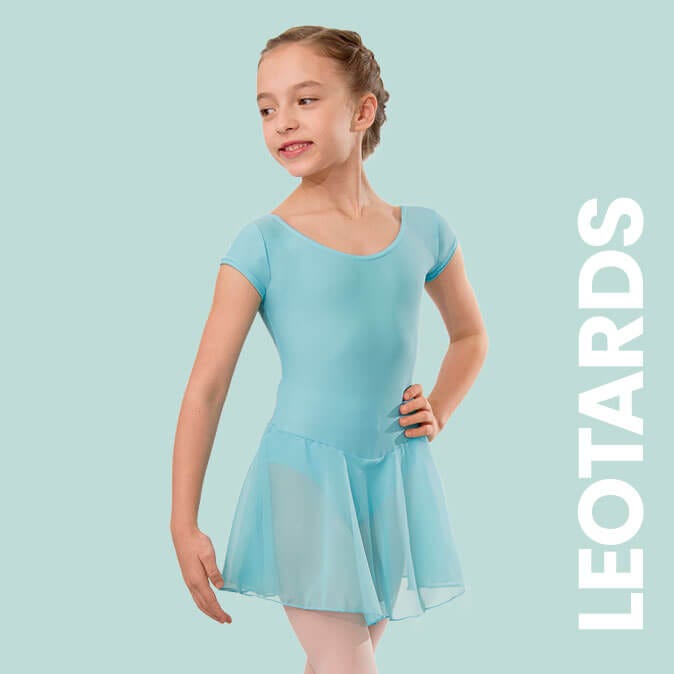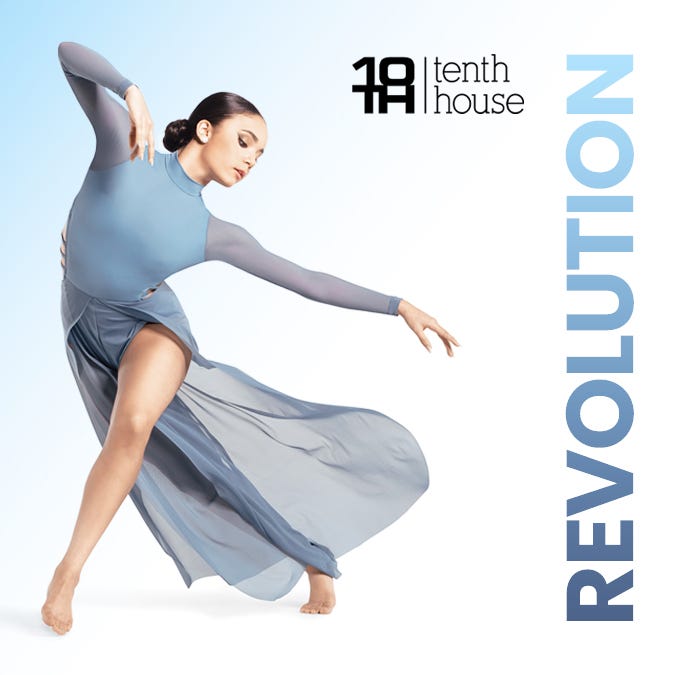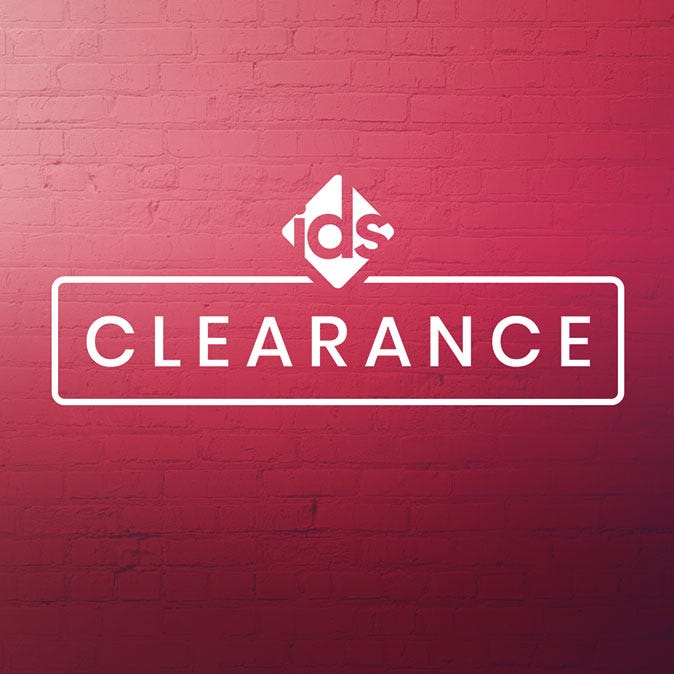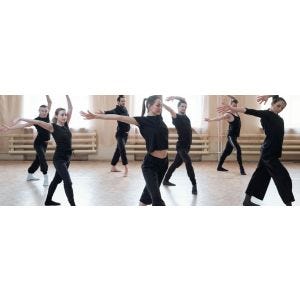So, you run a successful dance school and want to take the next big step to having your own studio. Getting your own space, whether buying or renting–opens up a whole new world. It gives you a sense of stability and permanence. But it’s essential to weigh the practical considerations before making this leap. Here’s 11 factors you need to consider before making this important decision.
- Location: Choose a location that is accessible and convenient for both your target clientele and existing students. Proximity to schools, residential areas, or public transport can significantly influence attendance.
- Rent or Buy?: Usually, this decision is dictated by what premises are available but if you decide to buy, bear in mind that you will need a substantial deposit for a commercial mortgage–typically between 20% and 40% of the purchase price. If you opt to lease, some landlords may ask for a deposit equivalent to around three months’ rent. While it’s possible to negotiate a lower deposit or remove it altogether, this is something to keep in mind.
- Space: Ensure the studio has enough space for classes, rehearsals, and performances. Consider ceiling height, floor type, the overall layout, and the availability of toilets and changing facilities.
- Planning Regulations: Dance studios typically fall under Planning Use Class E, so a planning application is usually not required. However, it’s always best to confirm with the local council’s planning department. If the property is a listed building or located in a conservation area, you will need planning permission for any external changes or signage.
- Budget: Set a budget for renting or purchasing the studio, and remember that loan interest rates can vary. Include utilities, maintenance, and insurance costs in your business plan. If alterations are needed, obtain full quotes from reliable contractors and allow a contingency for unexpected expenses. Additionally, you may need Building Regulations approval from the local authority, which your builder can advise you on.
- Amenities: Look for essential facilities such as mirrors, sound systems, changing areas, and storage. If you need to purchase these, consider costs, supplies, and lead times. Consider whether there’s enough space for warm-ups, stretching, waiting areas for parents, and possibly a small sales area for costumes and accessories. If the property is large enough, you may want to rent out some space to other businesses for additional income. However, ensure this is permitted under the lease terms, and any subletting is properly documented–your lawyer or a Chartered Surveyor can assist with this.
- Parking: Ensure there is adequate parking on-site or nearby for both instructors and students. Check for any restrictions or charges, as a lack of parking may deter potential clients.
- Lease Terms: Negotiating a lease requires careful consideration. In addition to the rent, consider the frequency of rent reviews, lease duration flexibility, renewal rights, permitted uses of the building, and your repair liabilities. Never sign a lease unless you have received expert advice from a Chartered Surveyor who is familiar with negotiating these types of agreements. Failing to do so could result in costly long-term issues.
- Competition: Research the local market to understand your competition. Knowing other dance studios in the area can help you position your studio and your proposition effectively.
- Community Engagement: Think about how you can raise awareness of your studio within the local community. Hosting events, forming partnerships, or running outreach programs can help build a strong client base. Social media and local radio are also cost-effective solutions, especially if you have a limited advertising budget.
- Future Growth: Think about your long-term plans. Choose a space that can accommodate future growth, whether that includes additional classes, new programs, or expanded facilities.
Finally, it’s crucial to have a comprehensive business plan that accounts for all aspects of this significant next step in your career as a successful dance teacher. This plan should include not only your costs but also strategies for increasing revenue from your classes. Taking these factors into account will help you make a well-informed decision when selecting the right dance studio for your needs and ensure the growth of your business.
Gordon Forsyth is a Chartered Surveyor who runs CommProp Solutions, a real estate consultancy providing professional advice on all aspects of commercial property. If you have any questions regarding this article, please get in touch at Gordon.forsyth@commprop-solutions.co.uk for a free initial no obligation consultation.
















